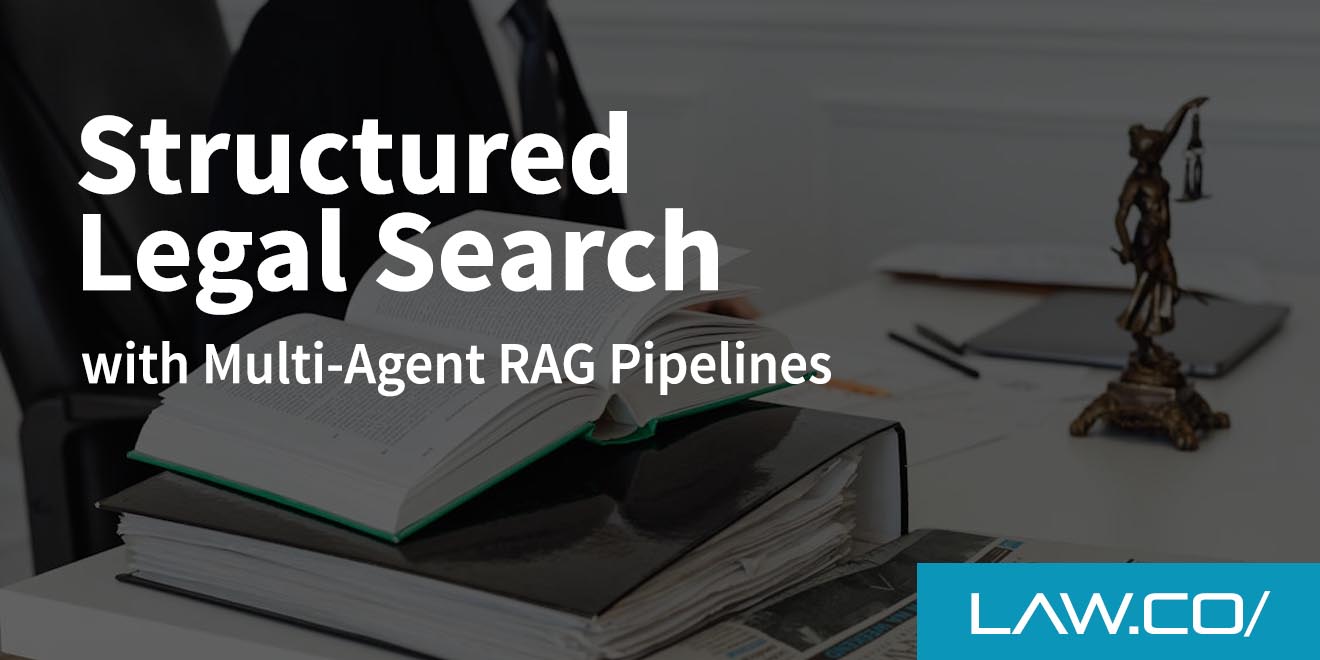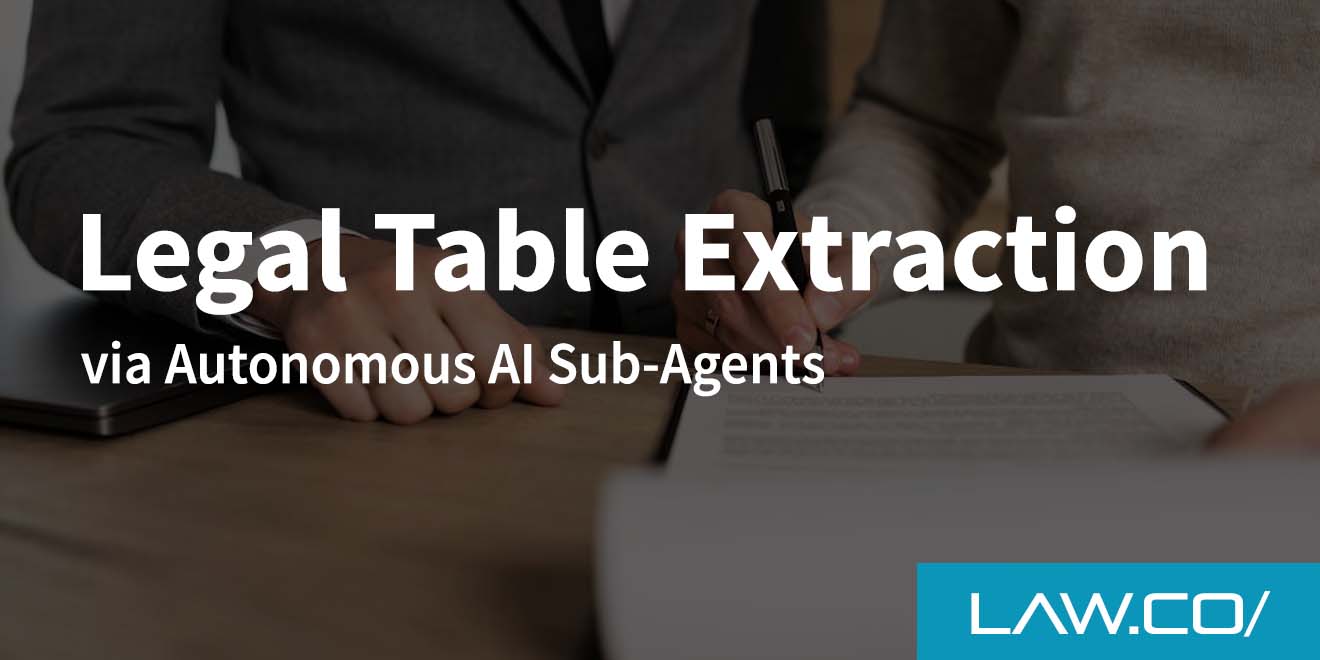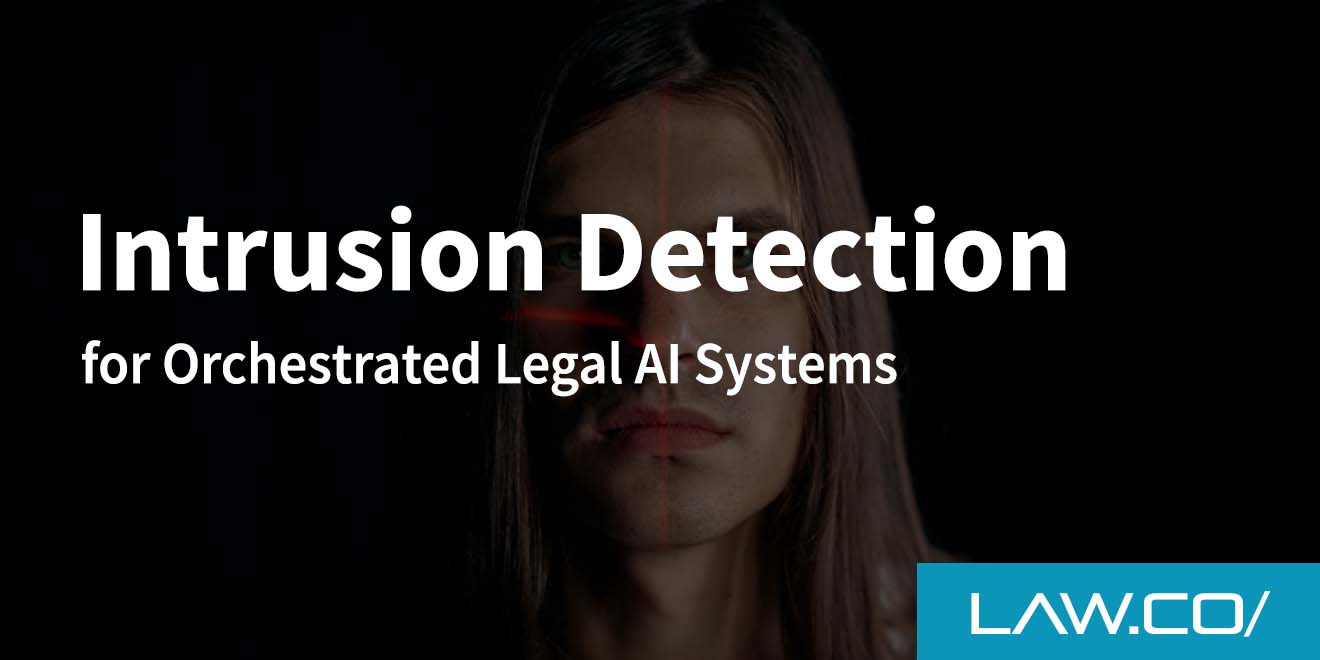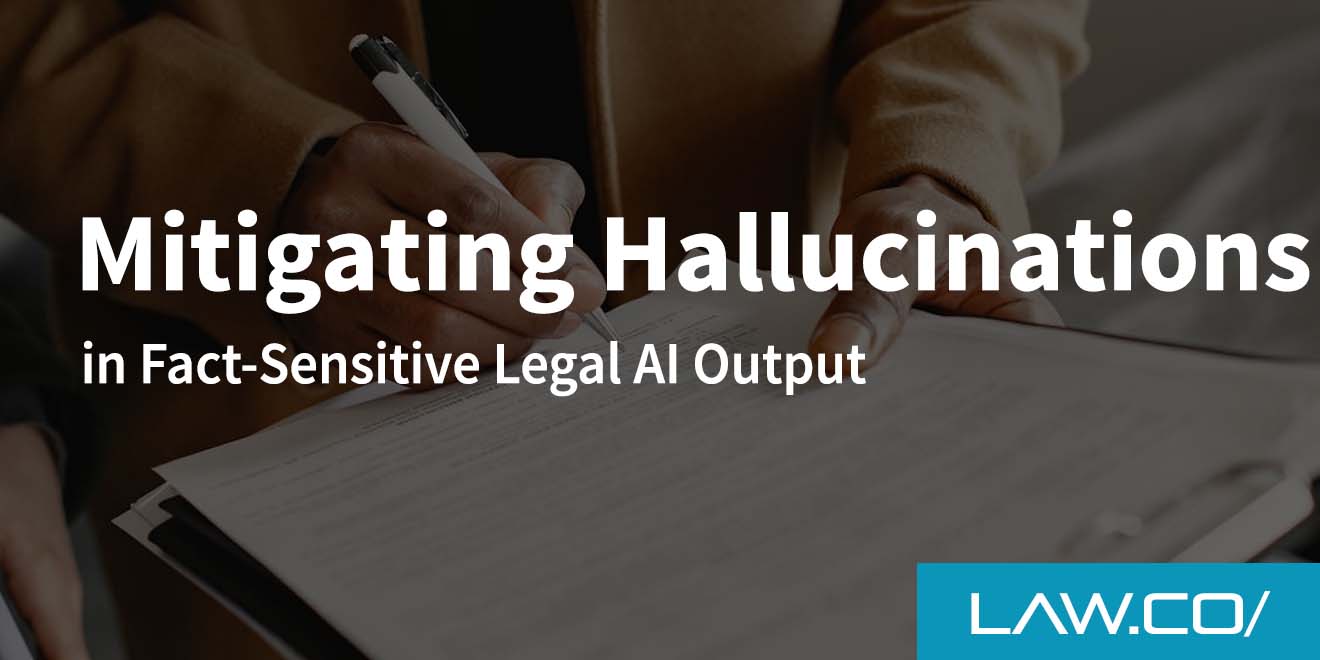

Structured Legal Search With Multi-Agent RAG Pipelines
Every day, lawyers and law firms use AI to sift through mountains of precedents, statutes, regulations, and client documents. The sheer volume of data can feel overwhelming, yet finding the one clause or ruling that tips a case in your favor is non-negotiable. Over the last few years, a new class of AI workflows—Structured Legal Search driven by multi-agent Retrieval-Augmented Generation (RAG) pipelines—has begun to reshape how legal professionals surface, digest, and act on critical information.
Below, we break down what these pipelines are, why they matter, and how to incorporate them into a modern legal research stack.
Why Traditional Search Falls Short for Legal Teams
Legacy keyword search still dominates many case-management systems, but anyone who has spent hours hunting for the “perfect” term knows the pain points: synonym gaps, context blindness, and a maddening inability to recognize nuance. A single misspelled citation or an outdated section title can hide an otherwise relevant opinion from view.
Worse, flat keyword search does nothing to summarize or interpret what it uncovers—you must read every hit in full, then decide whether it truly supports your argument. In fast-moving litigation or transactional work, that lag can translate into lost opportunities.
The Promise of Retrieval-Augmented Generation
Retrieval-Augmented Generation (RAG) changes the equation by pairing large language models (LLMs) with a curated retrieval engine. Instead of forcing an LLM to generate answers from scratch (and risk hallucination), RAG first pulls trustworthy source passages, then directs the model to craft a concise, citation-backed answer.
For legal work, that two-step dance is invaluable—you can verify every statement against the underlying materials, preserving both accuracy and ethical duty.
From One-Shot RAG to Multi-Agent Pipelines
Early RAG systems treated the whole process as a single agent’s job: submit a prompt, retrieve documents, generate an answer, done. Multi-agent pipelines distribute that workload across specialized agents, each with a distinct role:
- Query-Refiner Agent: rewrites a user’s initial search so it better fits legal jargon and citation norms.
- Retrieval Agent: interfaces with vector databases or traditional search APIs to fetch the most relevant passages.
- Reasoning Agent: synthesizes retrieved text, checks logical consistency, and flags potential conflicts.
- Drafting Agent: produces a well-structured memo, brief snippet, or contract clause using the Reasoning Agent’s findings.
- Validation Agent: cross-references citations, confirms accuracy, and highlights missing authorities before final delivery.
The Power of Structure
Breaking tasks into discrete stages reflects how seasoned attorneys work in real life: refine the question, gather sources, analyze, draft, and review. Each agent can be tuned for the quirks of legal language—Latin phrases, abbreviations, parallel citations—leading to higher precision and fewer hallucinations.
Building a Structured Legal Search Workflow
You don’t have to rip out current systems to adopt multi-agent RAG. Instead, layer new components on top of familiar research tools.
Clean and Segment the Corpus
Feed your pipeline with well-organized data:
- Court opinions, statutes, and administrative decisions converted to text or JSON.
- Contracts, discovery documents, and internal memos with consistent section markers.
- Metadata—jurisdiction, judge, date, practice area—attached to every entry.
Vectorize and Index
Transform each paragraph or clause into an embedding—a numeric fingerprint that captures semantic meaning. Store embeddings in a vector database while keeping the original text and metadata handy for retrieval.
Orchestrate Agents
Using an orchestration layer (LangChain, LlamaIndex, or a custom microservice), define the order in which agents interact. For example:
- Query-Refiner
- Retrieval
- Reasoning
- Drafting
- Validation
You can run agents sequentially or in parallel, depending on latency requirements.
Integrate with Existing Dashboards
Final outputs—annotated answers, summary memos, or redlined clauses—should appear inside the research portal your attorneys already use. A friction-free surface encourages adoption.
Key Benefits for Legal Practitioners
When done right, a multi-agent RAG workflow delivers tangible advantages:
- Precision Over Recall: By rewriting queries and double-checking context, pipelines cut down irrelevant hits and surface documents that matter.
- Time Savings: Automated summarization shrinks hours of reading into minutes, freeing attorneys to focus on strategy and advocacy.
- Transparency: Every answer carries inline citations and links back to the original text, supporting ethical obligations and court rules.
- Continuous Learning: Agents can fine-tune on feedback—if a partner corrects a faulty citation, the system remembers and avoids the slip in future searches.
- Scalability: Add more agents (e.g., a Multilingual Agent for cross-border cases) without overhauling the entire architecture.
Practical Tips for Implementation
Prioritize Data Governance
Your pipeline is only as trustworthy as the documents it ingests. Deploy strict version control, audit trails, and permission layers so draft opinions stay internal and privileged notes don’t leak into training data.
Balance Open-Source and Proprietary Models
Open-source LLMs offer transparency and cost savings, while proprietary models from major vendors may excel at nuanced reasoning. Many firms experiment with a hybrid approach—open-source for on-prem research, vendor APIs for specific tasks like summarizing depos or hearings.
Keep Attorneys in the Loop
No AI system replaces professional judgment. Encourage lawyers to treat outputs as high-quality first drafts, not final answers. Build user interfaces that invite quick feedback—“approve,” “revise,” or “flag”—so the system evolves alongside the firm’s expertise.
Measure What Matters
Track metrics like hit precision, average research time per matter, and error rates in citations. Regularly revisit agent prompts and retrieval thresholds to maintain performance as the corpus grows.
Looking Ahead
Structured Legal Search with multi-agent RAG pipelines is still in its early innings, yet the trajectory is clear: richer context, faster insight, and smarter workflows for the legal profession. Forward-thinking firms have already started to embed these pipelines inside intranets, deal rooms, and e-discovery tools, enjoying a competitive edge in both litigation and transactional practice. As models improve and guardrails tighten, expect RAG-powered agents to handle more complex tasks—drafting entire argument sections, monitoring regulatory changes in real time, or even simulating opposing counsel’s likely moves.
For now, the most successful deployments pair technical ingenuity with deep domain expertise. By structuring data, orchestrating specialized agents, and preserving human oversight, lawyers and law firms can unlock the full promise of AI without sacrificing the rigor and precision that define the practice of law.

%201.svg)










